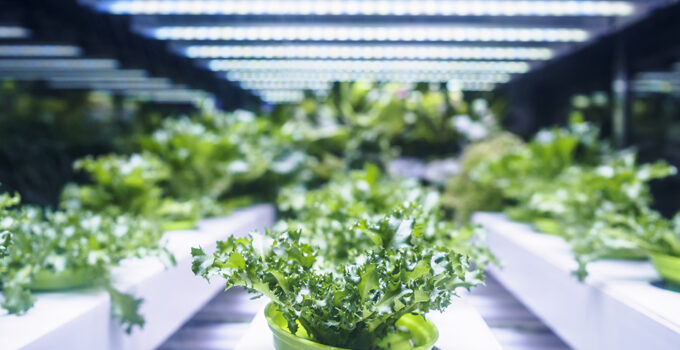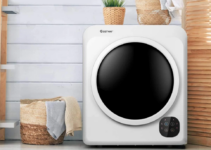Many people are turning to grow indoor plants to keep their green thumbs happy as winter approaches. The rules of gardening change when your light source isn’t sun but indoor growth lights.
There are a few fundamentals to remember when growing herbs indoors and various growth lights to consider depending on your situation. This post will teach you the fundamentals of both so you can start developing your garden even in the dead of winter!
What is Grow Light Intensity and Spectrum?
Okay, before we get into the best growth lights for indoor plants, let’s define light intensity and spectrum.
The rainbow’s hues can best explain the light spectrum by definition. The plant’s growth is affected differently by the various shades present in light. Plants require different forms of lighting, and a broad spectrum of light is ideal for aquarium plants, plants that require a few hours of light, and even flowering plants.
The strength of light, which might be excessive or insufficient, is known as light intensity. When it comes to choosing growth lights, watts and lumens are the two most common light measurements.
Keep in mind that the higher the wattage, the more energy a bulb produces, and as a result, the more power is used. The brighter the light and the greater the lumens, the more intense the light is.
If you want to know about the best plant-growing lights, visit cocafish.com.
Types Of Lights For Indoor Plants
Fluorescent Lights
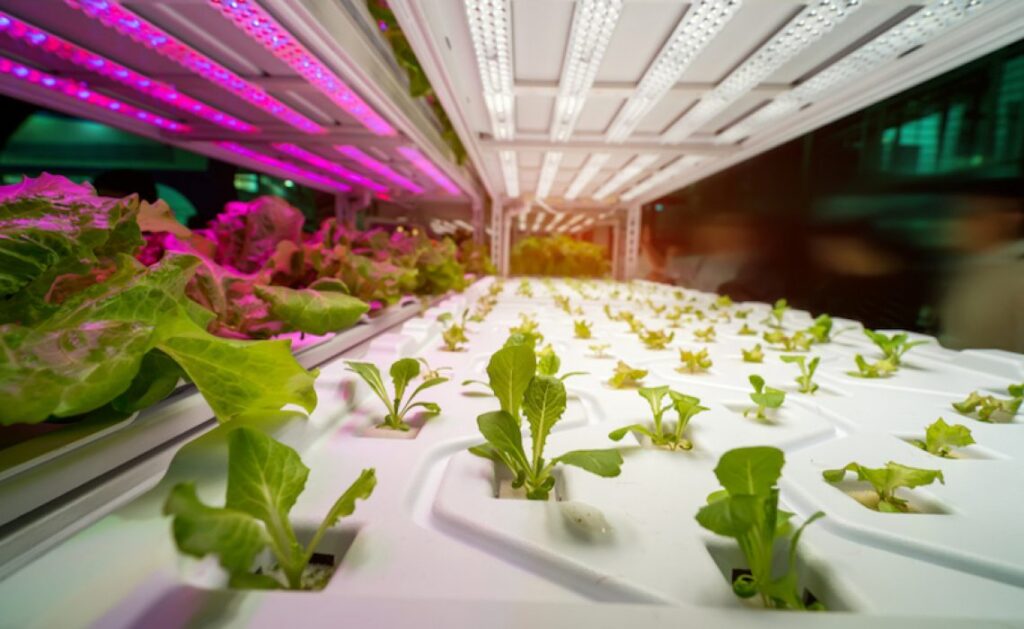
Source: rootgrowbloom.com
Small plants and seedlings are commonly grown under fluorescent lamps. They’re inexpensive, but they don’t last long. The lifespan of these bulbs is usually brief. Fluorescents are best for growing leafy greens or plants in the vegetative stage, but they’re not great for blooming plants or heavy-fruiting crops.
Pros
- The initial investment is moderate.
Cons
- Power usage is high.
- A ballast or a light is required.
- The ballast can be pretty unsightly.
Metal Halide, High-Intensity Discharge (HID), and High-Pressure Sodium (HPS) Lights
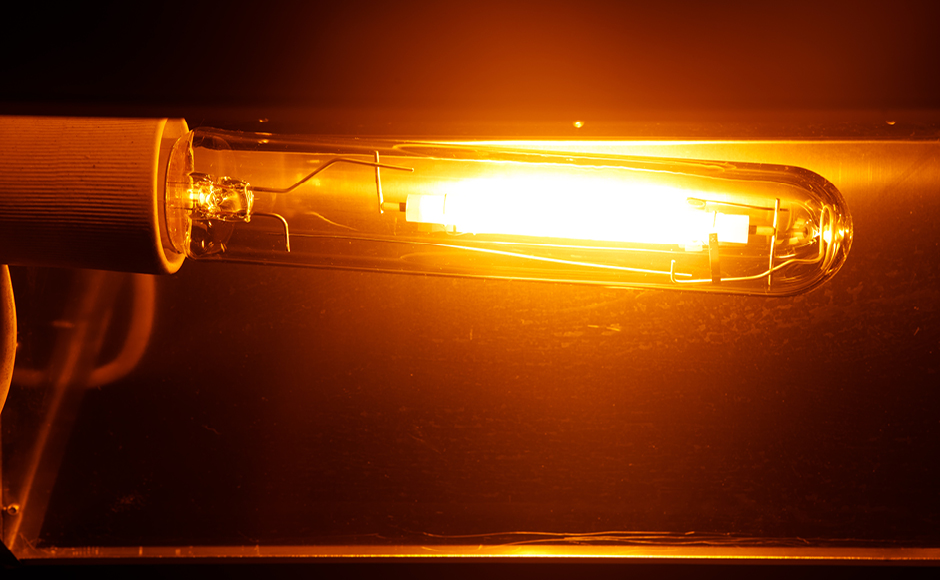
Source: maximumyield.com
In big commercial grow operations, high-intensity discharge lights (HID) such as Metal-Halide (MH) and High-Pressure Sodium (HPS) lamps are often employed. These bulbs are the most energy-intensive and provide the most incredible light and heat.
Typically, this results in high electricity bills for the duration of the light’s life. If you plan to cultivate large groups of plants inside an area, such as heavy-flowering and fruiting plants, HIDs are often employed.
Pros
- The initial investment is moderate.
- Exceptional output power
- Crop yields are high.
Cons
- Power consumption is high.
- Produces a lot of heat
Red/Blue LED
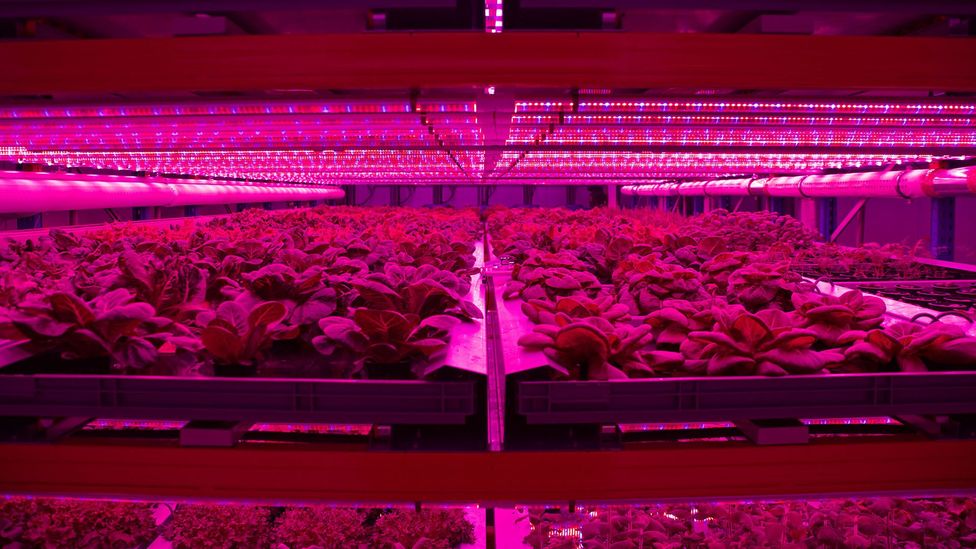
Source: bbc.com
Red/Blue LEDs or Light-Emitting Diode (LED) lights have lately taken over the growth light business because of their ability to accurately emit the appropriate photosynthetic spectrum for plants while using very little electricity. While they are the most effective growth light, many use harsh, irritating red and blue lights to get there. Although this is good for plant development, it can be an eyesore in the home.
Pros
- Strengthening output
- Exceptional crop yields
Cons
- Costly to begin with
- Power usage is high.
- A light that is blue or red is obnoxious.
Full Spectrum LEDs
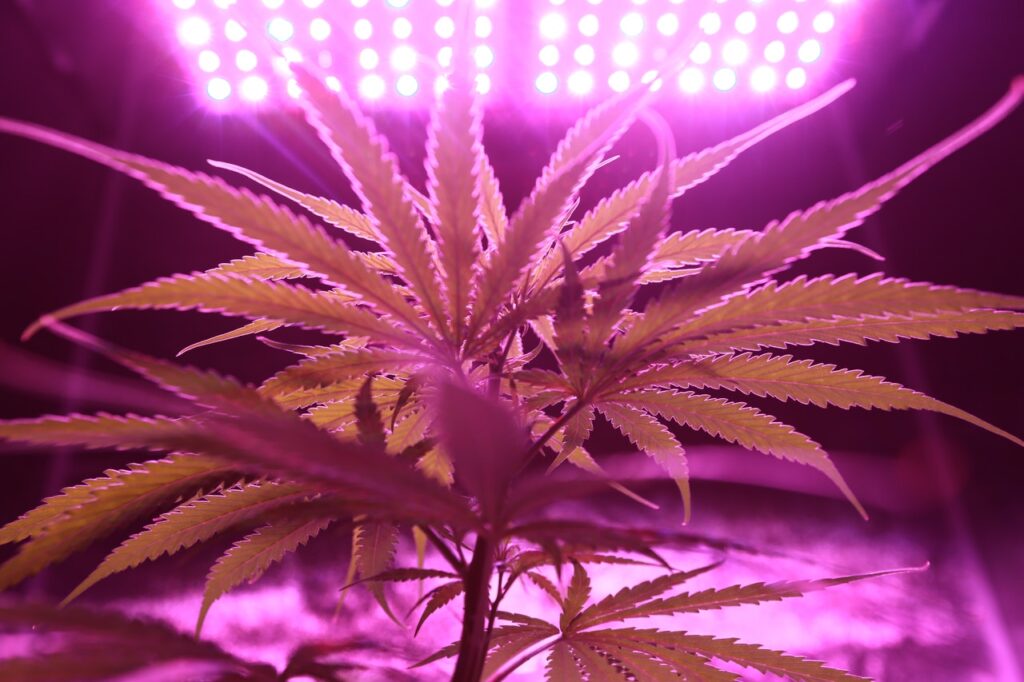
Source: pexels.com
The recent creation and discovery of white, full-spectrum LED growth lights was inspired by the search for lights that beautifully compliment the home rather than wash it in highly red and blue hues. While they aren’t suitable for large-scale crop-growing businesses, they let you grow any plant efficiently without losing interior decor aspects.
You may grow everything from lavender to a lemon tree while providing ambient lighting with LED lights like the Aspect pendant light or the Vita grow bulb. This growth light is great for gardeners who are as passionate about their houses as their plants.
Pros
- Low usage of electricity
- Crop yield is average.
- The lighting is of excellent quality that is also user-friendly.
Cons
- High start-up costs
Factors To Consider Before Choosing Lighting For Indoor Plants
-
Type Of Plants
To figure out how much and what kind of lighting you’ll need, you’ll need to know what kind of crops you’ll be growing and how much of each.
If you solely plan on producing microgreens, for example, your lighting requirements will be significantly different from those of someone growing flowers.
It is crucial to consider since plants require varied sunlight at different stages of development.
-
The Budget
It will also make the task more manageable if you have a budget in mind before you begin shopping. You can quickly weed out specific alternatives this way.
Consider your ideal energy expenditures as well as the amount of light required when making your budget. The wattage of the lights you choose will have an impact on how much energy you spend.
-
Spectrum
Most plants use light from the blue and red ends of the spectrum, with some yellow and green thrown in for good measure.
Blue light is mainly used to establish leaves and roots during the vegetative stage. Meanwhile, plants consume red light to grow flowers and fruit.
-
The Intensity
Another element to consider is the intensity of the grow light. It refers to the amount of light that the fixture provides to your plants. As a result, the stronger the power, the further away from the plants you can place it.
Because you don’t want the light to be too close to the plants, this is crucial. Your plants can get burned or damaged during their developing stages with a power source with extremely high intensity.
-
Height and Mobility
Finally, it would be best if you thought about the distance between your grow lights and your plants. In this instance, you’ll want anything that allows you to alter the height easily.
You want your lights to be lower when your plants are still sprouting. However, you should set the lights to a higher level as they develop and mature.
Conclusion
You can produce indoor crops all year long by using artificial light from growth lamps. The truth is that there is no one-size-fits-all solution for the ideal growth light. When it comes to selecting a growth light for your situation, your budget and growing requirements should be the deciding factors.

